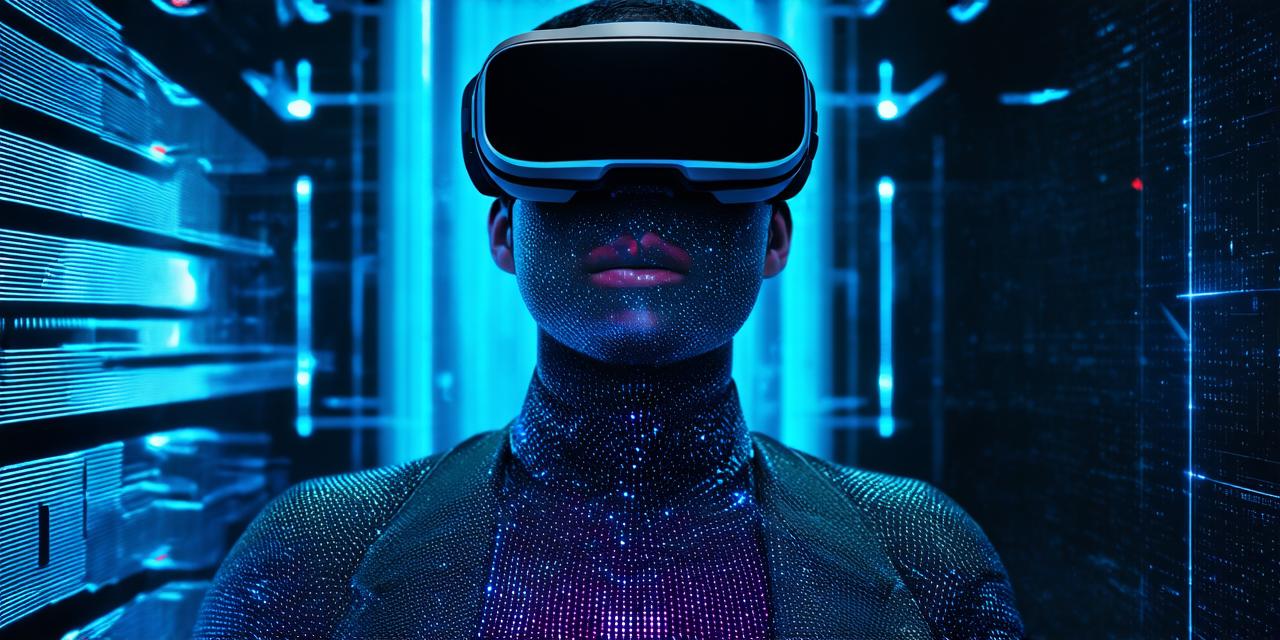Virtual reality (VR) is a rapidly growing technology that has the potential to revolutionize the way we interact with our customers. By creating immersive, interactive experiences, VR allows us to provide our customers with a level of engagement and personalization that traditional methods simply cannot match.
Virtual Product Demonstrations
One of the most common applications of VR is in product demonstration. By using VR, customers can see and interact with products in a way that is not possible with traditional 2D images or videos. This allows them to get a better sense of the product’s features, quality, and performance, which can ultimately lead to increased sales.
For example, an automobile manufacturer could use VR to allow customers to take a virtual test drive of their latest model. This would allow them to experience the car’s handling and performance firsthand, without having to physically sit in the driver’s seat. Similarly, a home furnishings retailer could use VR to allow customers to see how different pieces of furniture would look in their home before making a purchase.
Virtual Training
Another area where VR can be particularly useful is in training and education. By creating immersive simulations, VR can provide users with a safe and controlled environment in which to learn new skills.
For example, a healthcare provider could use VR to simulate surgical procedures, allowing doctors and nurses to practice and refine their techniques without risking patient safety. Similarly, a military organization could use VR to train soldiers in various combat scenarios, providing them with a realistic and engaging way to prepare for real-world situations.
Virtual Entertainment
Finally, VR can also be used for entertainment purposes. By creating immersive worlds and experiences, VR allows users to escape from reality and enter a new realm of their own making.
This can be particularly useful in the gaming industry, where VR games can provide players with a level of immersion and interactivity that traditional console or PC games simply cannot match. It can also be used for other forms of entertainment, such as virtual concerts or movies, which allow users to experience events and stories in a completely new way.
Conclusion
In conclusion, virtual reality has the potential to revolutionize the way we interact with our customers. By creating immersive and interactive experiences, VR allows us to provide our customers with a level of engagement and personalization that traditional methods simply cannot match. Whether it’s product demonstrations, training, or entertainment, there are many different ways in which VR can be used to enhance customer experience across a variety of industries. As the technology continues to evolve, we can expect to see even more innovative and exciting applications of VR in the future.
